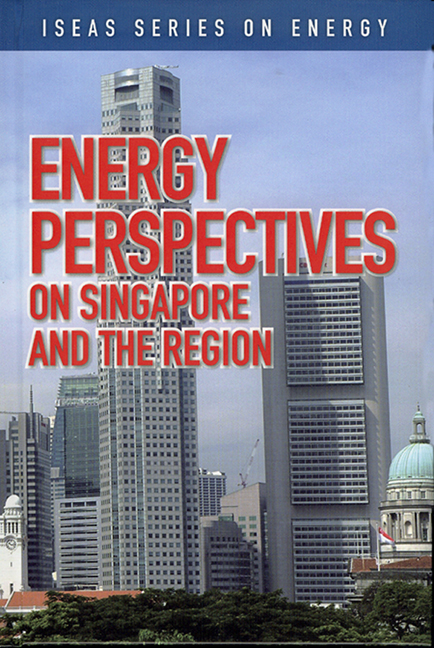Book contents
- Frontmatter
- Contents
- Foreword
- Preface
- The Contributors
- 1 Overview of Singapore's Energy Situation
- 2 Singapore's Changing Landscapes in Energy
- 3 Singapore's Role as a Key Oil Trading Centre in Asia
- 4 Large-Scale Solar PV Power Generation in Urban High-Rise Buildings in Singapore
- 5 The High-Carbon Story of Urban Development in Southeast Asia
- 6 Renewable Energy and the Environment: Technology and Economic Perspectives
- 7 Delivering Results in a Booming Rig Market
- 8 The Success Story of Rig Building in Singapore
- 9 The Singapore Oil Situation
- 10 Singapore Petroleum Company: Adding Value to the Singapore Oil Industry
- 11 Oil Storage: The Singapore Story
- REGIONAL and INTERNATIONAL
- Index
7 - Delivering Results in a Booming Rig Market
Published online by Cambridge University Press: 21 October 2015
- Frontmatter
- Contents
- Foreword
- Preface
- The Contributors
- 1 Overview of Singapore's Energy Situation
- 2 Singapore's Changing Landscapes in Energy
- 3 Singapore's Role as a Key Oil Trading Centre in Asia
- 4 Large-Scale Solar PV Power Generation in Urban High-Rise Buildings in Singapore
- 5 The High-Carbon Story of Urban Development in Southeast Asia
- 6 Renewable Energy and the Environment: Technology and Economic Perspectives
- 7 Delivering Results in a Booming Rig Market
- 8 The Success Story of Rig Building in Singapore
- 9 The Singapore Oil Situation
- 10 Singapore Petroleum Company: Adding Value to the Singapore Oil Industry
- 11 Oil Storage: The Singapore Story
- REGIONAL and INTERNATIONAL
- Index
Summary
Within months of the 1973 oil crisis, a great drilling boom began. With high oil prices, there was a need to find oil outside OPEC.
Vast amounts of capital were poured into the oil and gas industry, both the onshore and offshore sectors. From 1973 to 1983, the fleet of offshore jack-up drilling rigs increased from just over a hundred to nearly 400 rigs. When the oil price stabilized at US$18 for the next twenty years, the industry went into a long downturn. Of the five yards in Singapore at that time (early 1980s), that is, Far East Levingston Shipbuilding, Bethlehem, Marathon LeTourneau, and Robin and Promet (PPL), only Far East Levingston, now Keppel FELS, survived. PPL remained dormant and was revived only when Sembcorp Marine Ltd purchased a majority stake a few years ago.
There was a boom for building deepwater units from 1996 to 2002, spurred by factors including the increase in deepwater drilling rates, the need for new generation rigs and the need to drill deeper. Many projects were poorly planned and built in relatively inexperienced yards, resulting in long delays and cost overruns. Subsequently, there was a consolidation amongst the drilling contractors and many well-known firms such as Reading and Bates, Sonat, Chiles, Falcon and Sedco, to name a few, disappeared. Negative Wall Street perception of speculative newbuildings had left many U.S. drilling companies listed on the Wall Street reluctant to build rigs on speculation. It was also during this time that Keppel partnered its customers to build and co- own rigs in their fleet renewal programme. The current persistent high oil price since 2003 and ageing drilling rigs gave an opportunity for the visionary Norwegian investors to invest in drilling rigs. The current industry boom coincides with the shipping boom when shipyards are busy building containerships, bulkers, tankers and LNG vessels.
- Type
- Chapter
- Information
- Energy Perspectives on Singapore and the Region , pp. 67 - 72Publisher: ISEAS–Yusof Ishak InstitutePrint publication year: 2007

